Speeding is a leading cause of car accidents in Summerville. The faster a driver goes, the greater the likelihood of a crash and the more severe the potential injuries for the accident victim. If a speeding driver caused an accident that injured you, don’t wait to get legal help. The team at Murphy Crantford Meehan is here to fight for justice on your behalf. Contact a Summerville speeding accident lawyer for a free case review at (843) 832-1120.
Proving that another driver was speeding in a South Carolina car accident can be challenging. However, it’s possible with the proper evidence and expert testimony. If a speeding driver injured you in a car accident, working with an experienced South Carolina attorney is crucial. They can help you gather the necessary evidence, such as police reports and citations, to prove liability and seek fair compensation from the insurance company.
One of the most straightforward ways to prove that the other driver was speeding is through the police report. Officers who respond to an accident often document the scene and note whether the two parties involved in the accident engaged in speeding or other detrimental actions. If the police cited the driver for speeding, they would include that citation in the police report, which can be used as evidence in your case. Your attorney can help you obtain and interpret these documents from law enforcement officials. This evidence is crucial in building a strong car accident lawsuit to ensure you receive the compensation you deserve.
In some cases, the at-fault driver may be issued a speeding ticket or face criminal charges related to the accident. A speeding ticket can be essential evidence to prove the driver’s speed during the collision. While a ticket is not conclusive proof of negligence, it can show that the driver was speeding and provide valuable information for your case. If the police file criminal charges against the driver for speeding, this may also be supporting evidence. Speeding tickets and criminal charges can significantly impact car accident lawsuits by providing concrete evidence of negligence.
Eyewitnesses who saw the accident or the driver before the crash can play a crucial role in proving that speeding was a factor. If witnesses testify that the driver was speeding or driving recklessly, their statements can support your claim. In addition, eyewitnesses may describe the driver’s behavior, such as swerving or tailgating, which can help establish that speeding contributed to the crash. Witness testimony can be a powerful tool in supporting the claims of accident victims who are seeking justice and compensation.
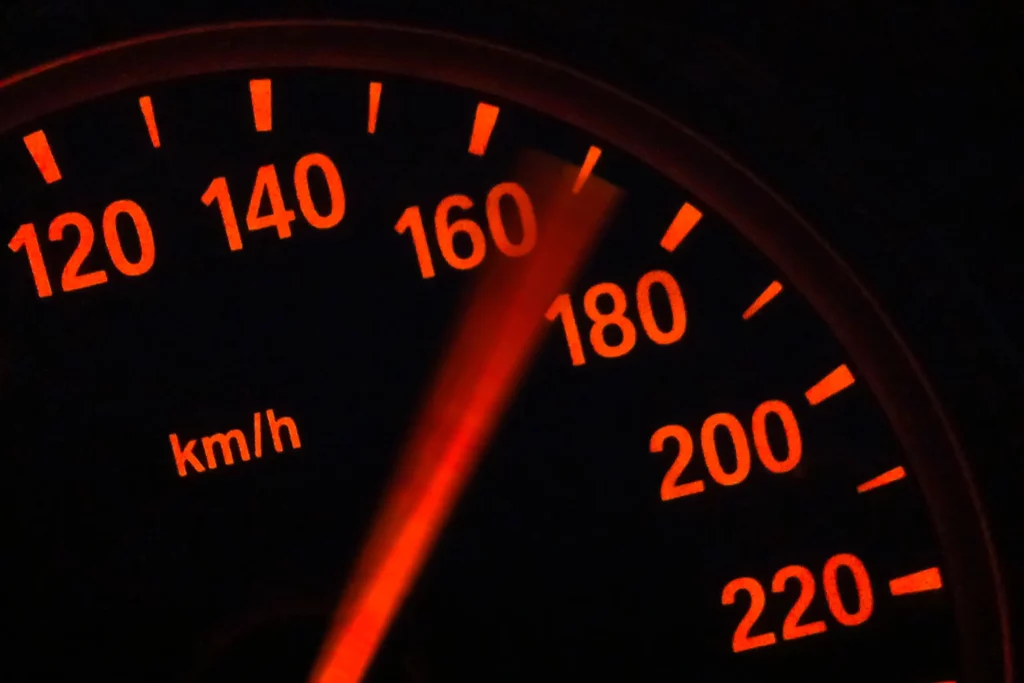
In South Carolina, many intersections, highways, and businesses have security cameras that can capture all the moments leading to an accident. An experienced Summerville speeding accident attorney can use this crucial footage showing the vehicle’s speed or its proximity to other cars to demonstrate that the driver was speeding.
In many car accident cases, expert testimony can help establish the cause of the accident. An accident reconstruction expert can analyze the scene, the vehicle damage, and other factors to determine the speed at which the other driver traveled by using specialized software and mathematical formulas. Expert testimony can be pivotal in a personal injury case, helping to establish the facts and support the victim's claims.

Whiplash occurs when the head violently shakes forward and backward or side-to-side in a crash. This movement can strain the neck muscles, causing chronic pain and headaches.
Modern vehicles often have ‘black boxes’ or Event Data Recorders (EDRs) that record information about the vehicle’s speed, brake patterns, and other driving behavior. If the at-fault driver’s vehicle has an EDR, an Summerville speeding accident attorney can work to retrieve this data as part of the investigation. The data from the EDR can provide hard evidence of the vehicle’s speed just before the accident, which can be important in proving the other driver was speeding.
Skid marks left on the road after a collision can also explain the driver’s speed. In some cases, a forensic analysis of the skid marks can help determine how fast the vehicle traveled before the brakes were applied. An expert in accident reconstruction can analyze the skid marks and the length of the braking distance to estimate the vehicle’s speed.
Contact us now
(843) 376-4030
In South Carolina, you can still recover compensation for your injuries, but the amount you are awarded may be reduced based on the percentage of fault you share in the accident. Understanding how this works is important, as it can impact the compensation you may receive. Personal injury lawyers can help you handle the complexities of filing a claim, even if you are partially at fault.
South Carolina operates under a modified comparative negligence rule. This means that if you are found to be at fault in the accident, your compensation will be reduced in proportion to your degree of fault. For example, if the court determines that you were 20% at fault for the accident, your compensation will be reduced by 20%. This is an integral aspect of South Carolina law because it allows you to recover damages even if you are partially responsible. Still, it also limits how much you can recover based on your level of fault.
However, there is a limit to how much fault you can share when requesting compensation for your injuries. If you are determined to be 50% or more at fault, you are barred from recovering any compensation for the accident. This rule helps prevent individuals primarily responsible for an accident from unfairly receiving compensation from other parties. Comparative negligence is applied to both economic damages (like medical bills and lost wages) and non-economic damages (such as pain and suffering).
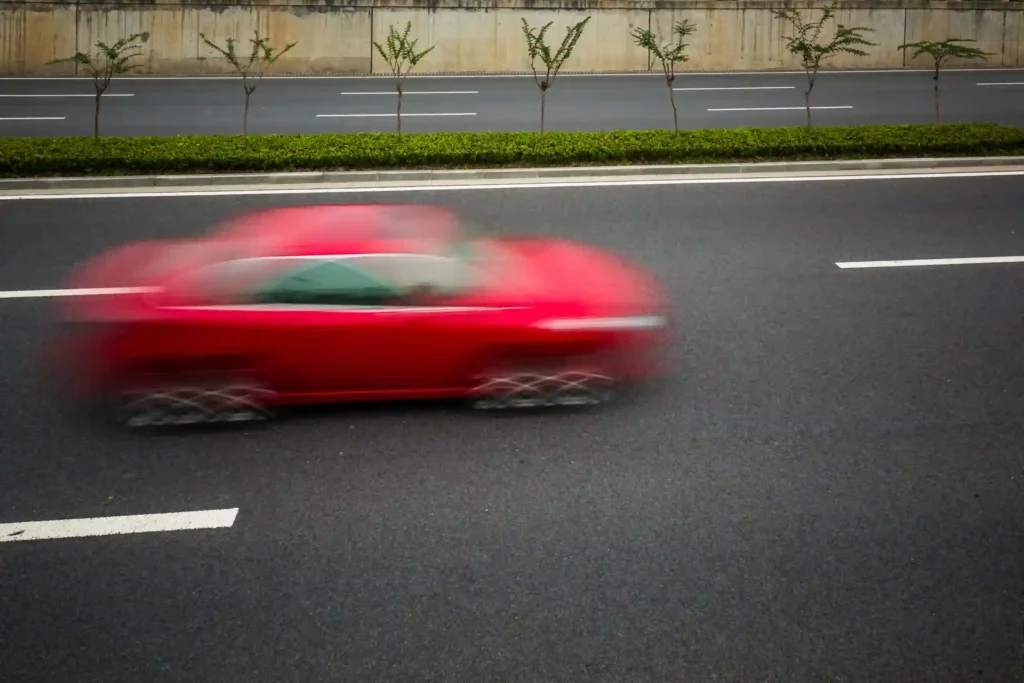

Determining fault in a speeding-related accident can be complex. Several factors are considered, including:
An experienced attorney will gather evidence to prove your case. This evidence might include accident reports, eyewitness testimony, traffic camera footage, and expert opinions from accident reconstruction specialists. This will help determine the degree of fault each party holds and how it affects your ability to recover compensation. The South Carolina Department of Public Safety provides valuable data and resources that can be used to support your case.
If you were partially at fault in a speeding-related accident, you can still recover compensation for your injuries. However, your potential award will be adjusted according to your percentage of fault. For example:
This rule can protect you in the event that you are not primarily at fault. However, it also limits the money you might receive. This dynamic is why it is so important to work with an experienced car accident attorney. They will know how to minimize your share of fault in order to maximize your compensation. Filing a personal injury claim is often the first step in pursuing a car accident lawsuit to recover damages.

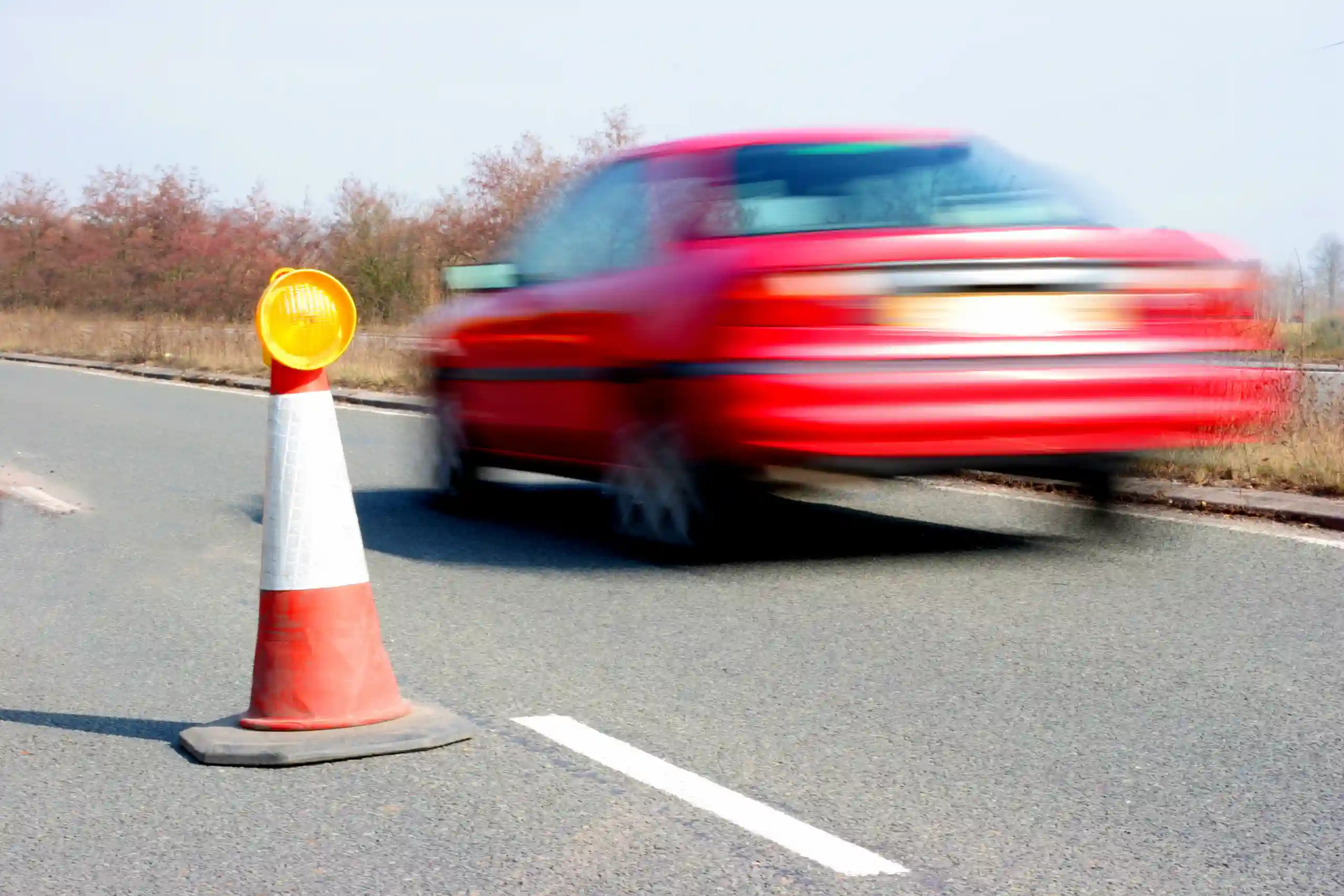
If you are found to be partially at fault but less than 50% responsible, you may be entitled to compensation for the following:
In South Carolina, the statute of limitations for filing a car accident claim is three years from the accident date. You have three years to file a lawsuit for personal injury or property damage resulting from the crash. If you do not file within this time frame, you may lose your right to seek compensation for your injuries.
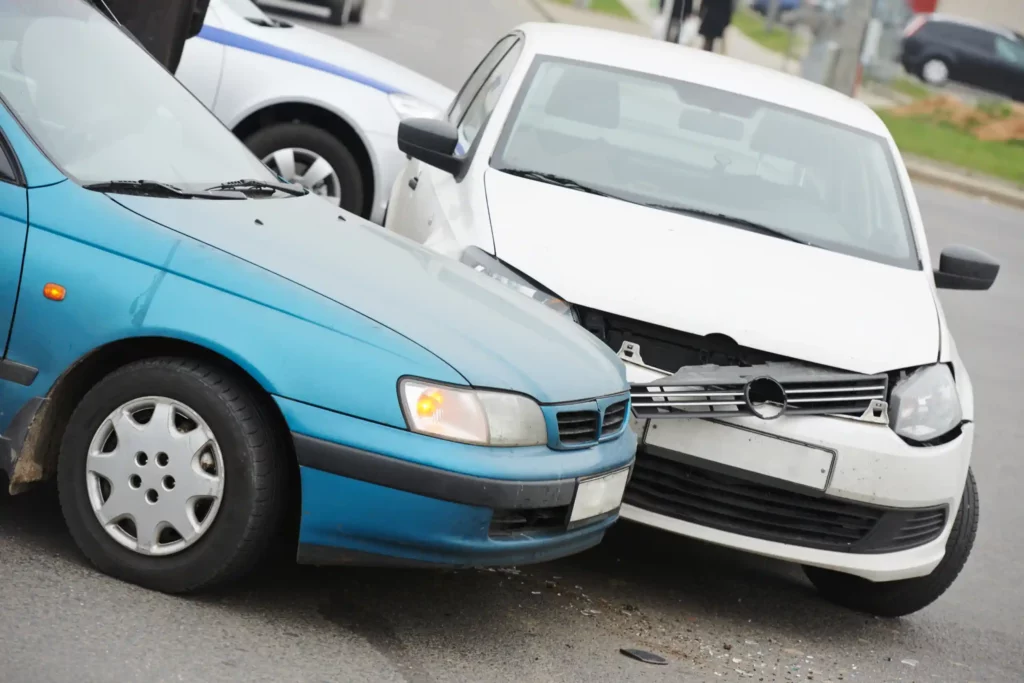
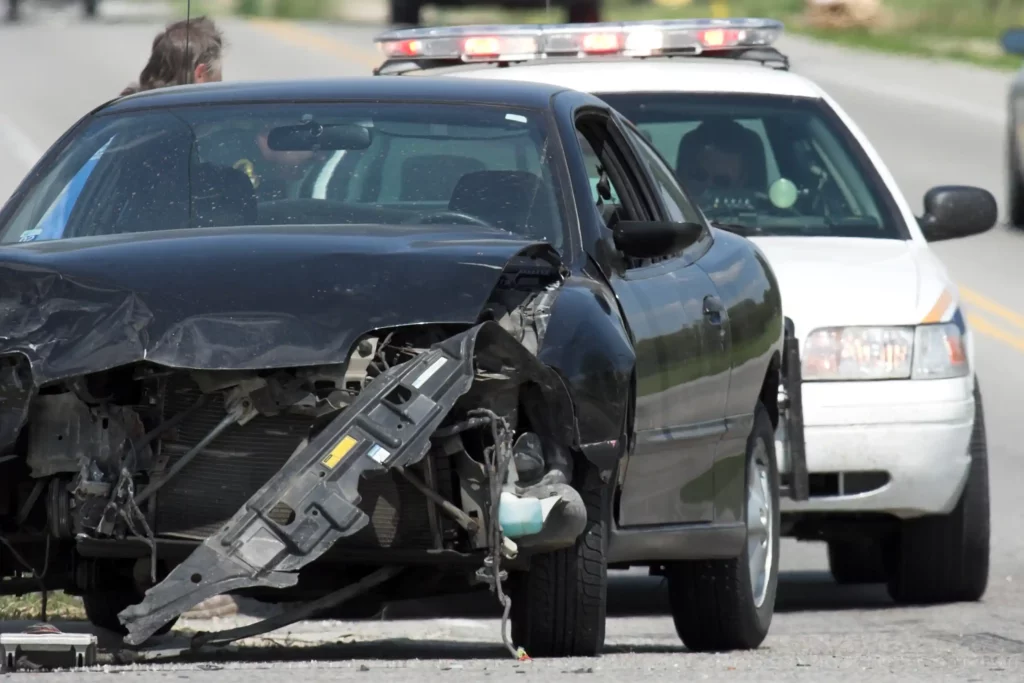
Navigating all these rules, regulations, and laws is undoubtedly tricky. It is even more challenging to do after a Summerville speeding accident has injured you. At Murphy Crantford Meehan, we always treat our clients with the care they deserve as they recover from their injuries. Our experience with the South Carolina court system will help us to handle your case efficiently and effectively. What’s more, there’s no fee unless our speeding accident attorneys in Summerville recover money for you.
Don’t wait another minute to speak with a Summerville car accident lawyer about your claim. Contact us today, and let us help you get the compensation you deserve. If you have been involved in a Summerville auto accident, it is important to act quickly to protect your rights.
You’ll need the aid of our law firm. Call our speeding accident lawyers in Summerville at (843) 832-1120 for a free evaluation of your case.
Well-Respected





"*" indicates required fields

Murphy Crantford Meehan – striving to get justice for Our clients. we believe in a good and honest fight, and we will not stop at anything.